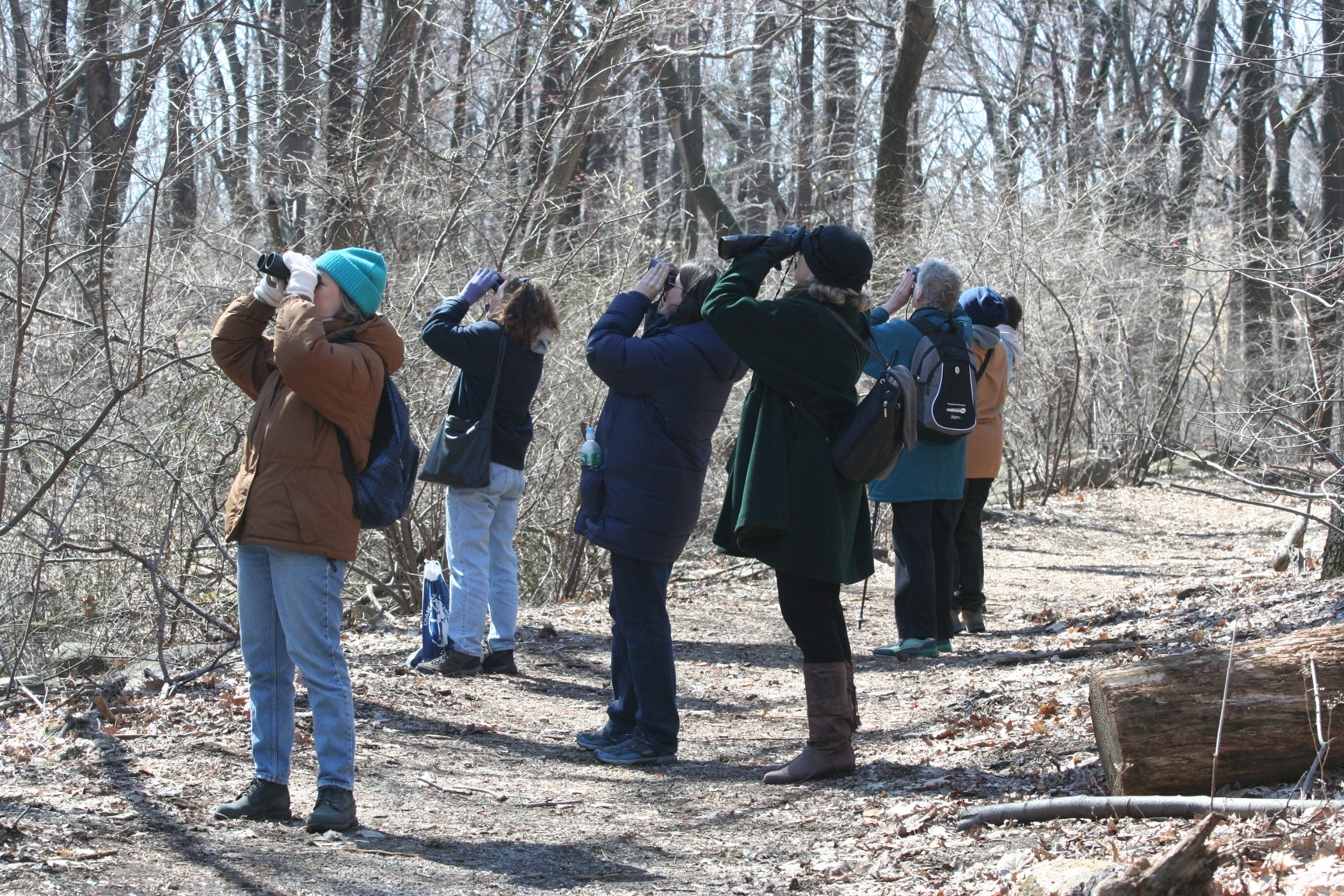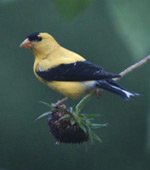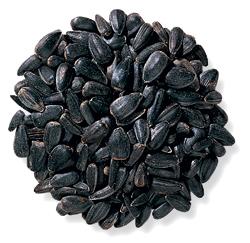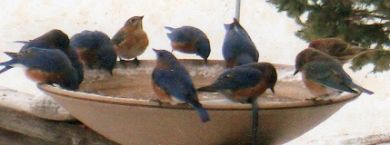Blog - General
Daves Bird Chatter December 2014
December is the month for the annual Christmas Bird Count. Now in its 115th year, it is fun and adventurous. There are always a number of rare or unusual birds that are sighted. If you can participate in the field, it can be rewarding. If not, perhaps you will watch your feeders on count day and report the birds you see. Often times, counting birds at backyard bird feeders is the difference between a successful count and an average count since it allows many more individuals and families to participate. Become a citizen scientist and provide valuable data so biologists can determine the state of our birds. In February Wild Bird Habitat will be promoting another bird count where biologists rely on citizens across North America to observe and provide information on birds. The 15th Annual Great Backyard Bird Count will be February 13 to 16, 2015.
sighted. If you can participate in the field, it can be rewarding. If not, perhaps you will watch your feeders on count day and report the birds you see. Often times, counting birds at backyard bird feeders is the difference between a successful count and an average count since it allows many more individuals and families to participate. Become a citizen scientist and provide valuable data so biologists can determine the state of our birds. In February Wild Bird Habitat will be promoting another bird count where biologists rely on citizens across North America to observe and provide information on birds. The 15th Annual Great Backyard Bird Count will be February 13 to 16, 2015.
It has been a relatively mild autumn in the Great Plains compared to other parts of the country. Due to the above seasonal temperatures birds have required less energy than they will need in the upcoming colder times. Natural foods remain abundant and birds will continue to take advantage of those resources. However colder temperatures will arrive and as natural food supplies are reduced the birds will begin to spend more time at well stocked bird feeders. Birds are opportunistic by nature which has helped them survive over millions of years, even in the midst of the endless human activity over the past 200 years.
The mild weather across the mid part of the nation slowed the arrival of our winter birds. However three weeks ago ahead of the artic blast of cold air northern Goldfinches arrived in my yard. In a matter of a few days more Goldfinches appeared at my feeders, almost to many to count. The Goldfinch from the north will remain with us throughout the winter until May before returning north on the cusp of the dandelion bloom. Our resident adult Goldfinches, many which drifted south for the winter will return in early March. This is why people can become overwhelmed with Goldfinches between March and May. We call it “finch season”.
arrived in my yard. In a matter of a few days more Goldfinches appeared at my feeders, almost to many to count. The Goldfinch from the north will remain with us throughout the winter until May before returning north on the cusp of the dandelion bloom. Our resident adult Goldfinches, many which drifted south for the winter will return in early March. This is why people can become overwhelmed with Goldfinches between March and May. We call it “finch season”.
If you do not have a finch feeder already now would be a great time to add one to your bird feeding program. If you already feed the finches you may want to consider adding a second finch feeder especially if the Pine Siskin appear in large numbers this winter. Thistle feeders are specialized bird feeders for feeding Nyjer thistle seed, a favorite food of finches. Make certain the thistle seed is fresh. Hulled sunflower seed is also highly attractive. You may want to try using a finch mix in your thistle feeders. But be careful. All finch mixes are NOT created equal. Check the label on any finch mix. You may be surprised to see such products as Canary Grass seed, red millet and other added filler seeds not attractive to finches. Finch mixes at Wild Bird Habitat do not contain any filler seeds. Our finch mix is a combination of 50% fresh Nyjer thistle and 50% fine sunflower hearts highly attractive to finches. .
Occasionally an article surfaces that people may be making birds lazy by offering them supplement foods. That has been proven to be far from the truth. Birds are opportunistic. They take advantage of our kindness when we offer them food in our backyards, and research shows it does not impact their natural ability to find food in the wild. In fact it has been documented that the survival rate of birds during the harsh winter months is consistent and often enhanced when supplemental foods are made available. Birds have little body fat to store energy, and when the temperatures plummet, they are a mere thirty six hours from starvation relying solely on the foods they consume during the daylight hours. So keep the feeders filled. Add another feeder to your bird feeding program. Birds do benefit from humans providing sources of food, adding bird houses for nesting and shelter, and planting habitat. In return birds provide us with a relaxing and educational lifelong experience. 
So you may be asking yourself, “What seeds and mixes are best to feed birds”. The “ideal diet” for birds during winter are those high in oil content which provides the necessary fat calories and protein to get through the cold nights. Sunflower seed, safflower seed, Nyjer thistle and peanuts provide 20-25% protein and 30-40% fat. That’s why they make up the majority of our favorite, high quality bird feed mixes. You’ll find “cheap” mixes full of Milo, wheat, red millet, and other grain products birds that are least preferred by birds. These low cost seed mixes only contain 8-12% protein and 2-4% fat with as much as 40% of it ending up uneaten and scattered on the ground
You can be certain that wild bird feeds offered at Wild Bird Habitat are of the highest quality on the market. We will not compromise this quality by selling products that are least beneficial for birds and which cost our customers money in wasted, uneaten bird seed. Our regular shipments two to three times each week from our local supplier, Des Moines Feed, guarantees that the wild bird feeds at Wild Bird Habitat are fresh.
Remember that water becomes scarce during extremely cold weather. Keep fresh water for your birds all winter long. This may be a good time to invest in a bird bath heater or heated bird bath if you haven’t already. Most of these products carry up to a three year warranty and are well worth the cost. You’ll be surprised at how many more birds you will attract with open water.
Christmas is a great time to get a friend or relative interested in feeding birds by giving them a gift of a backyard bird feeder. When having friends or relatives over for the Holiday point out the birds that are visiting your feeders. Your excitement will surely wear off on them and it may inspire them to begin feeding birds. Have your children, grandchildren, nieces or nephews sit down with you and watch the birds. You’d be surprised how interested they are to watch nature if given the opportunity and how observant they become. It’s a great way to relax during the Holidays and helps us to remember that the spirit of the season is about life on earth and the natural world we are a part of.
